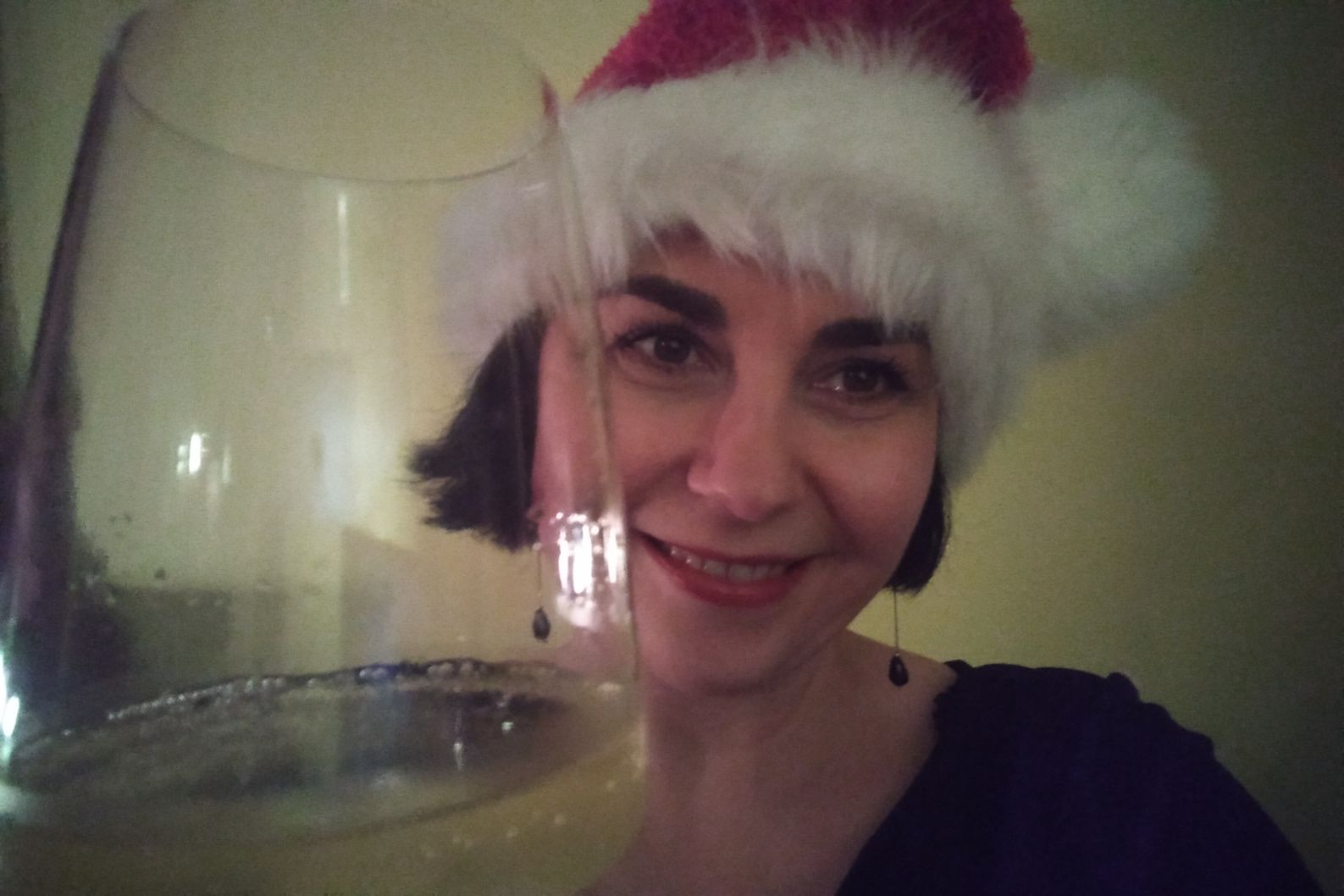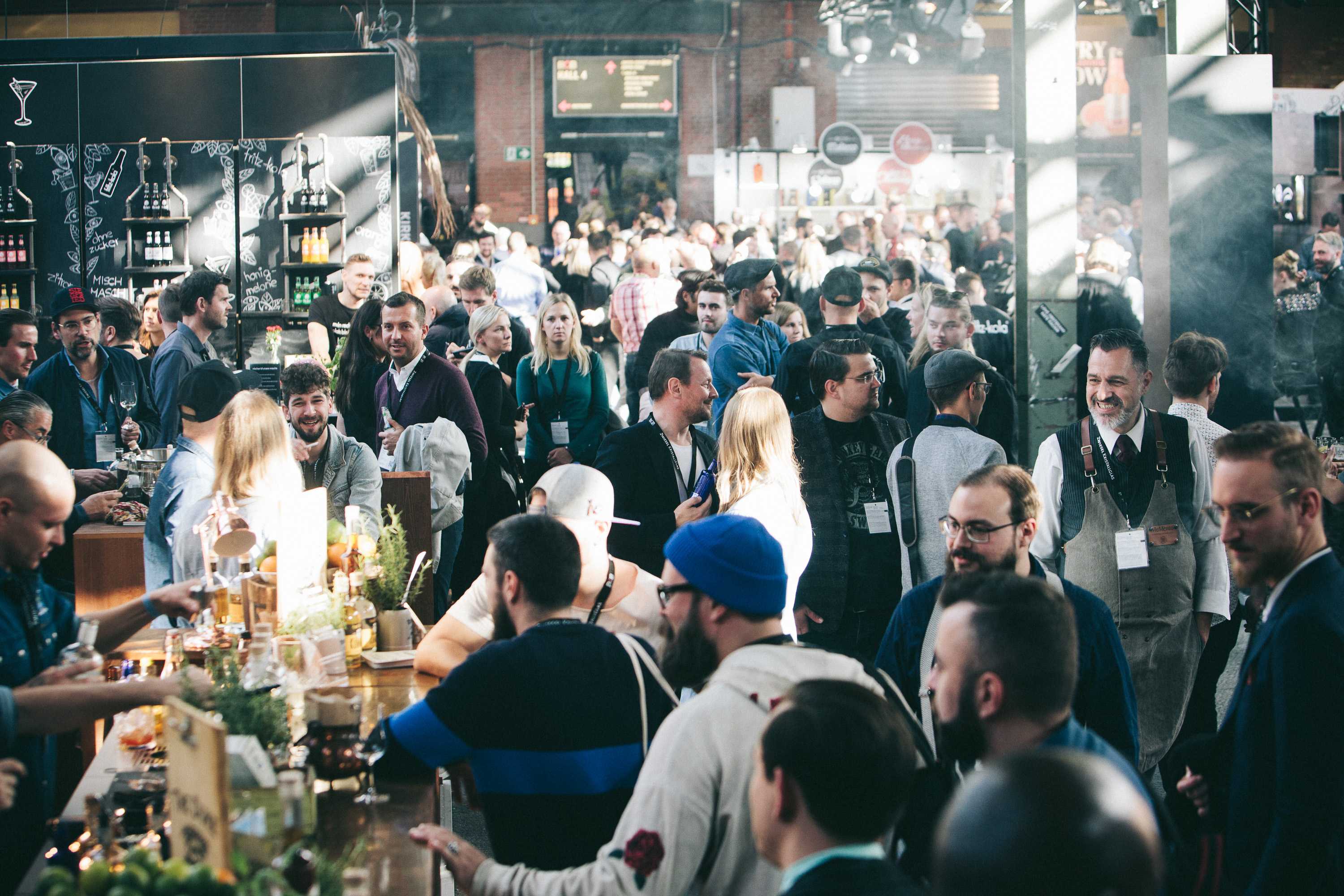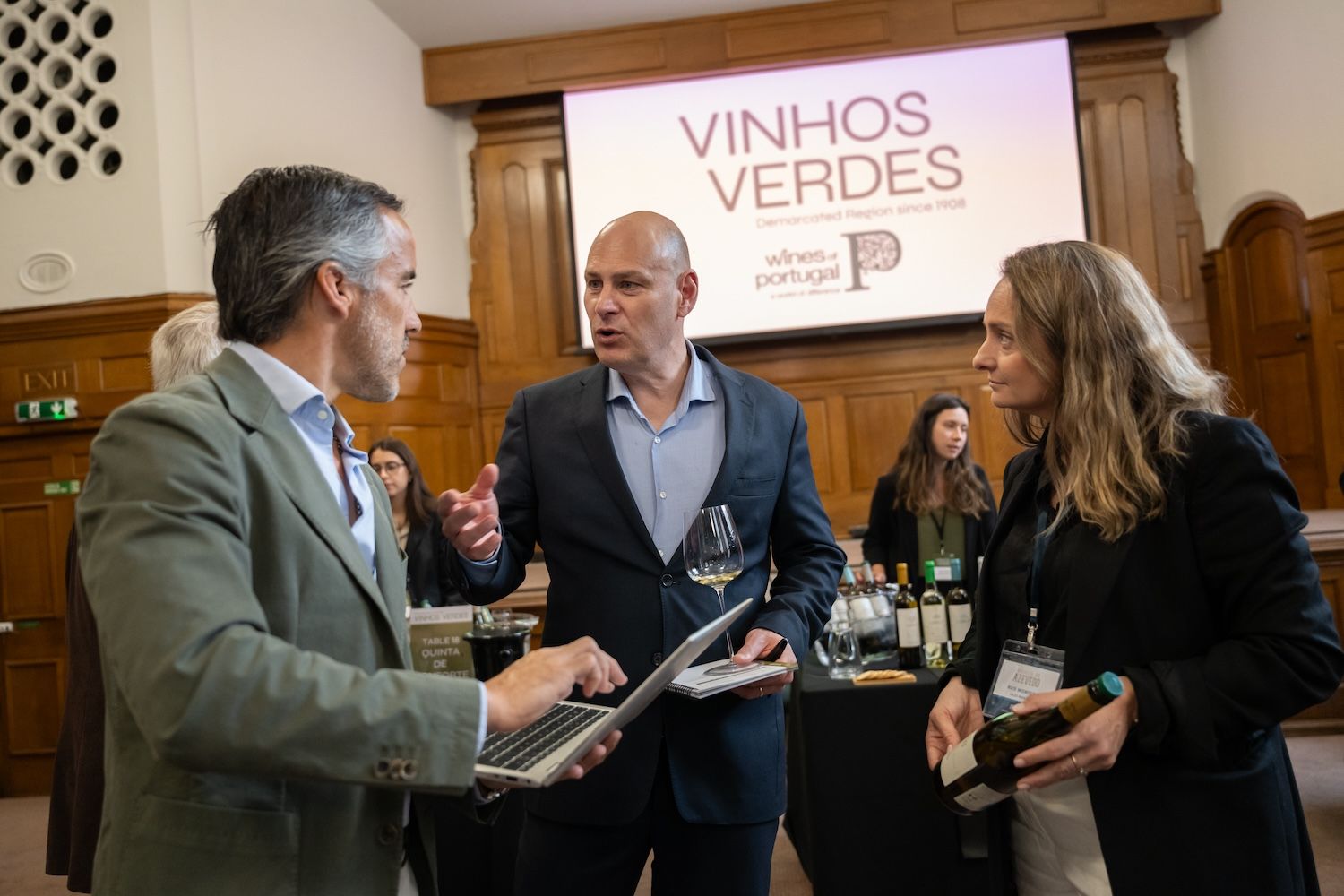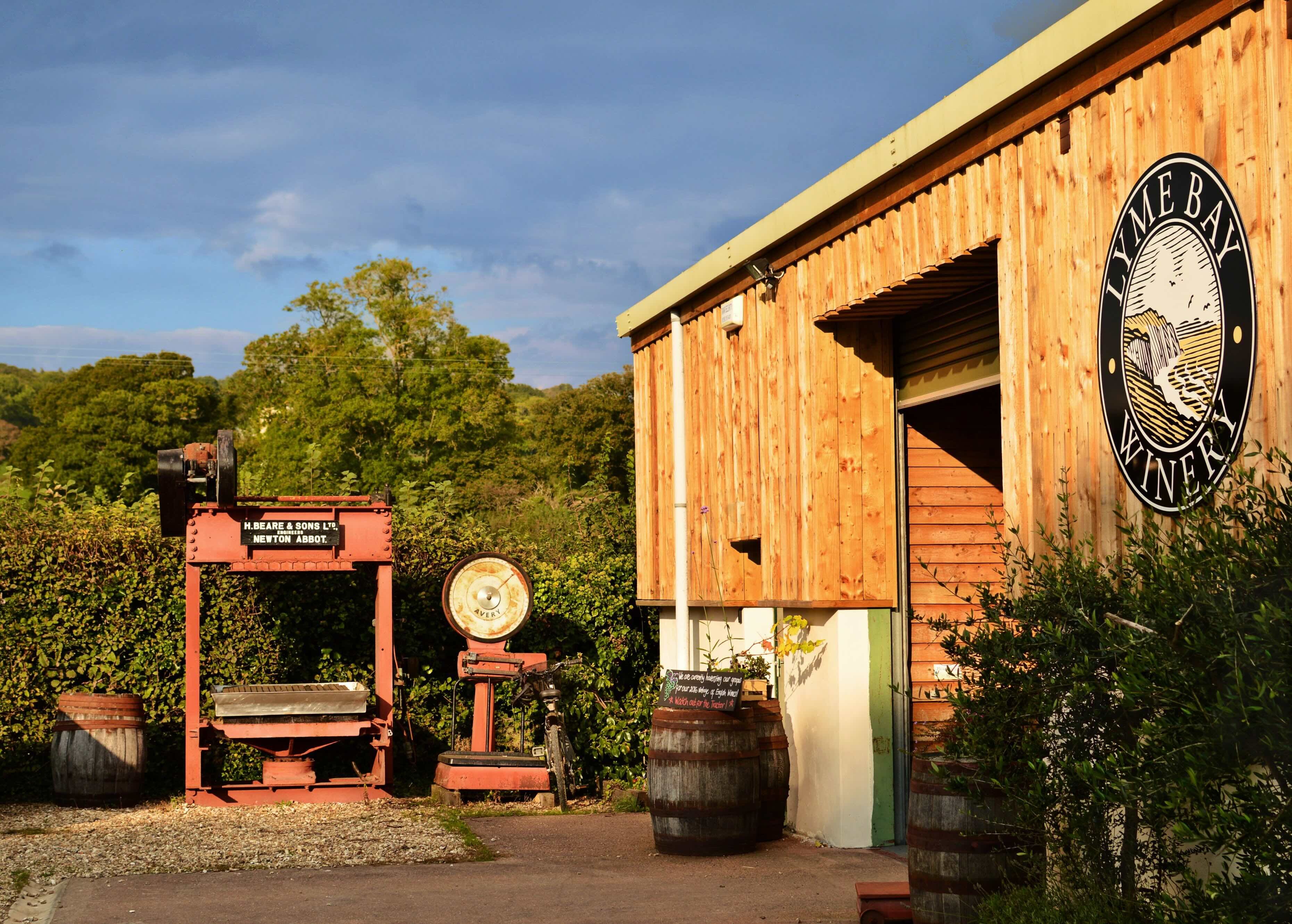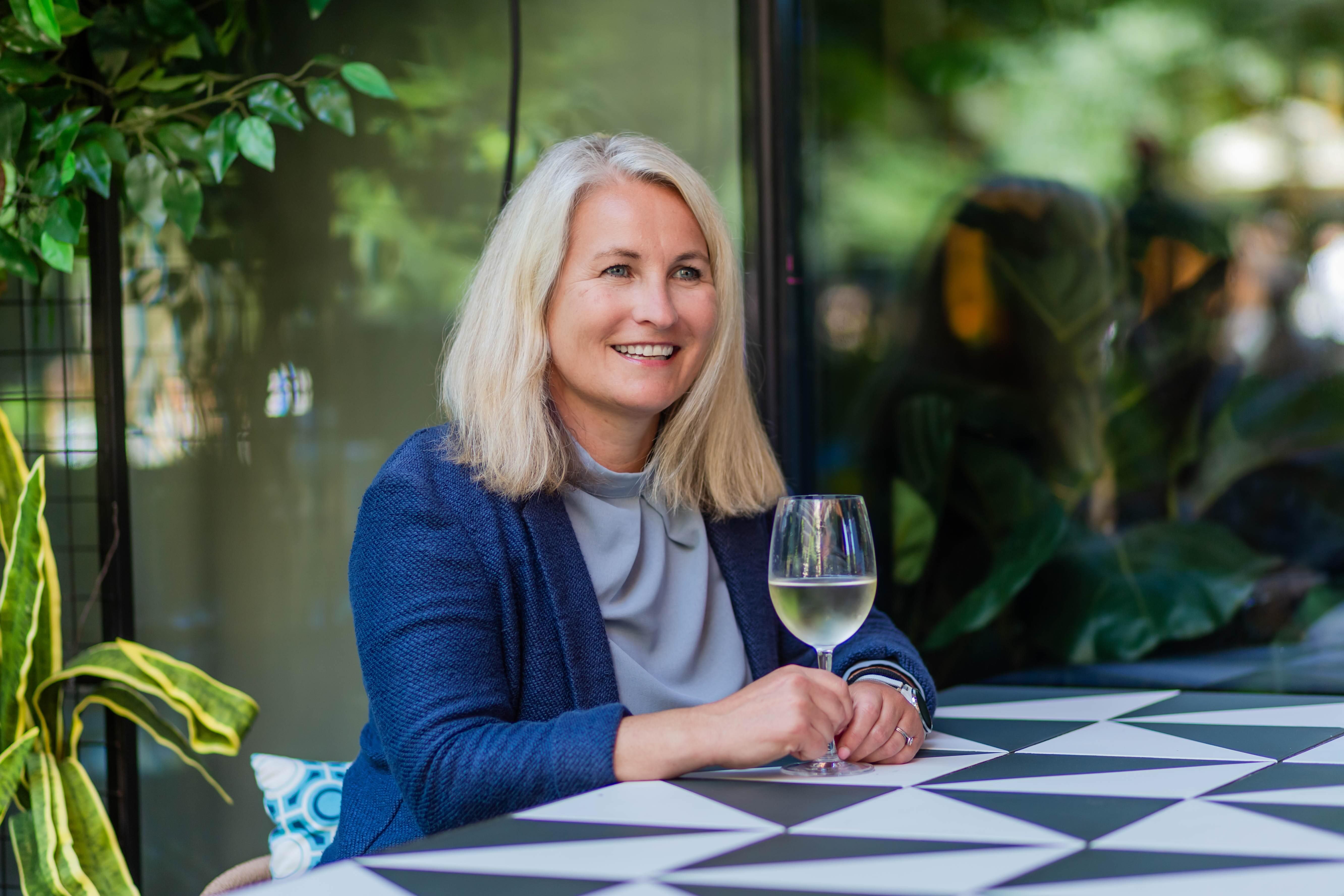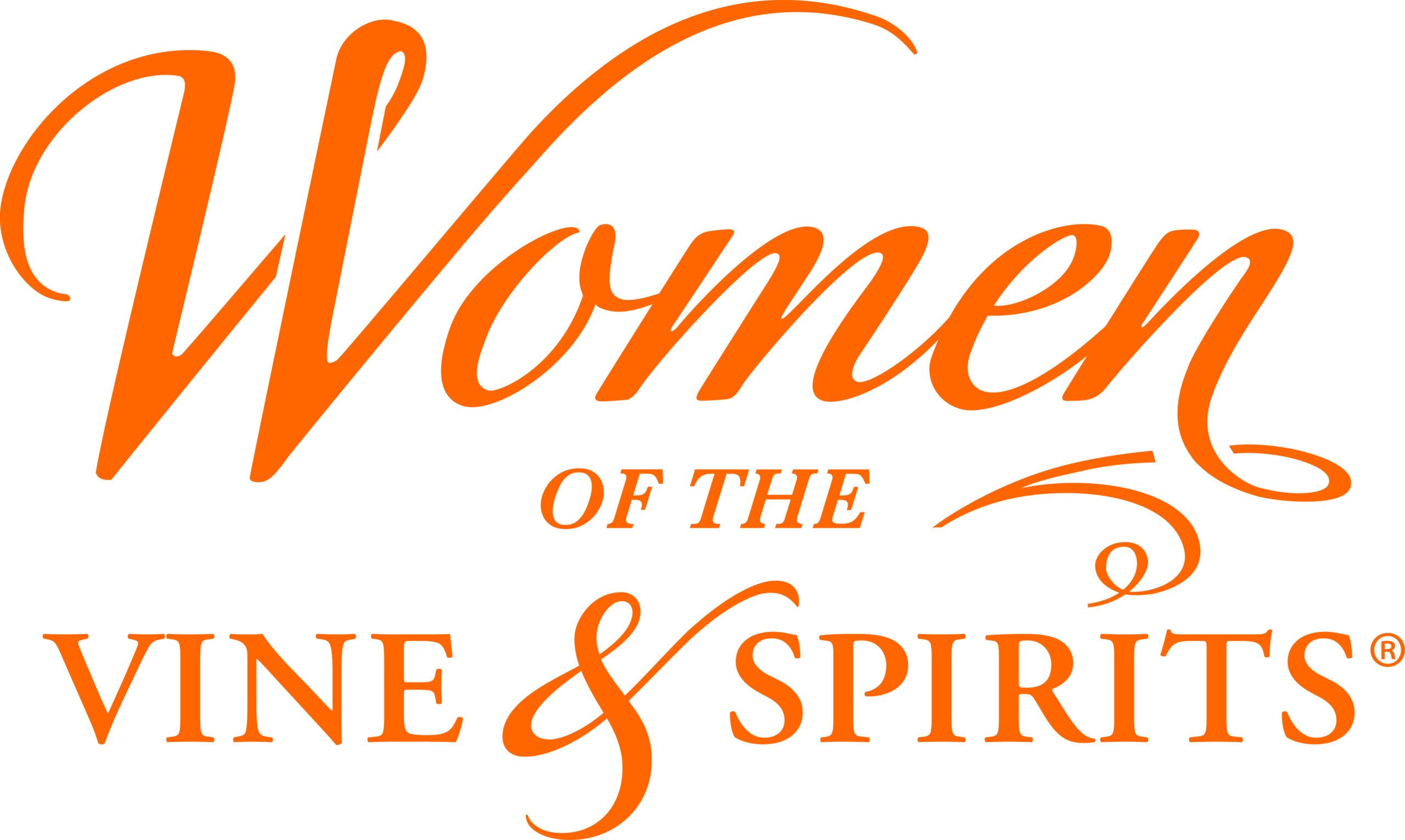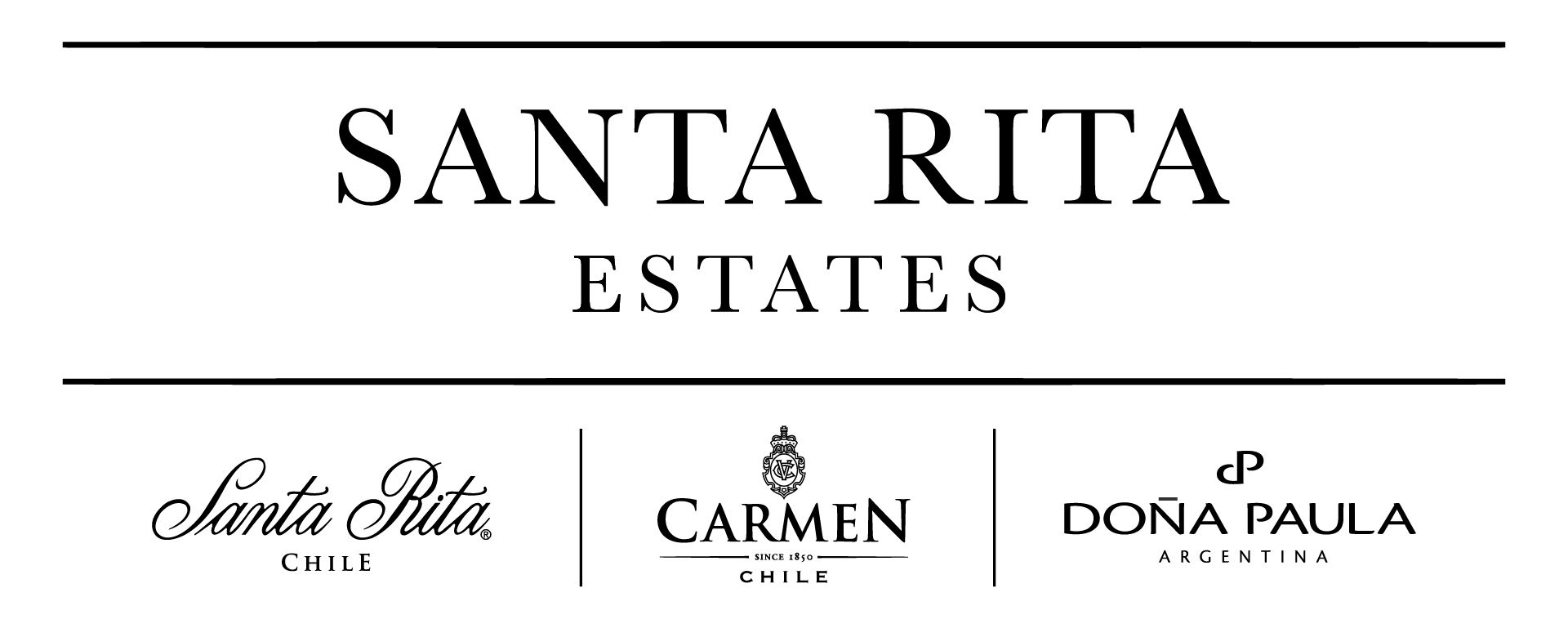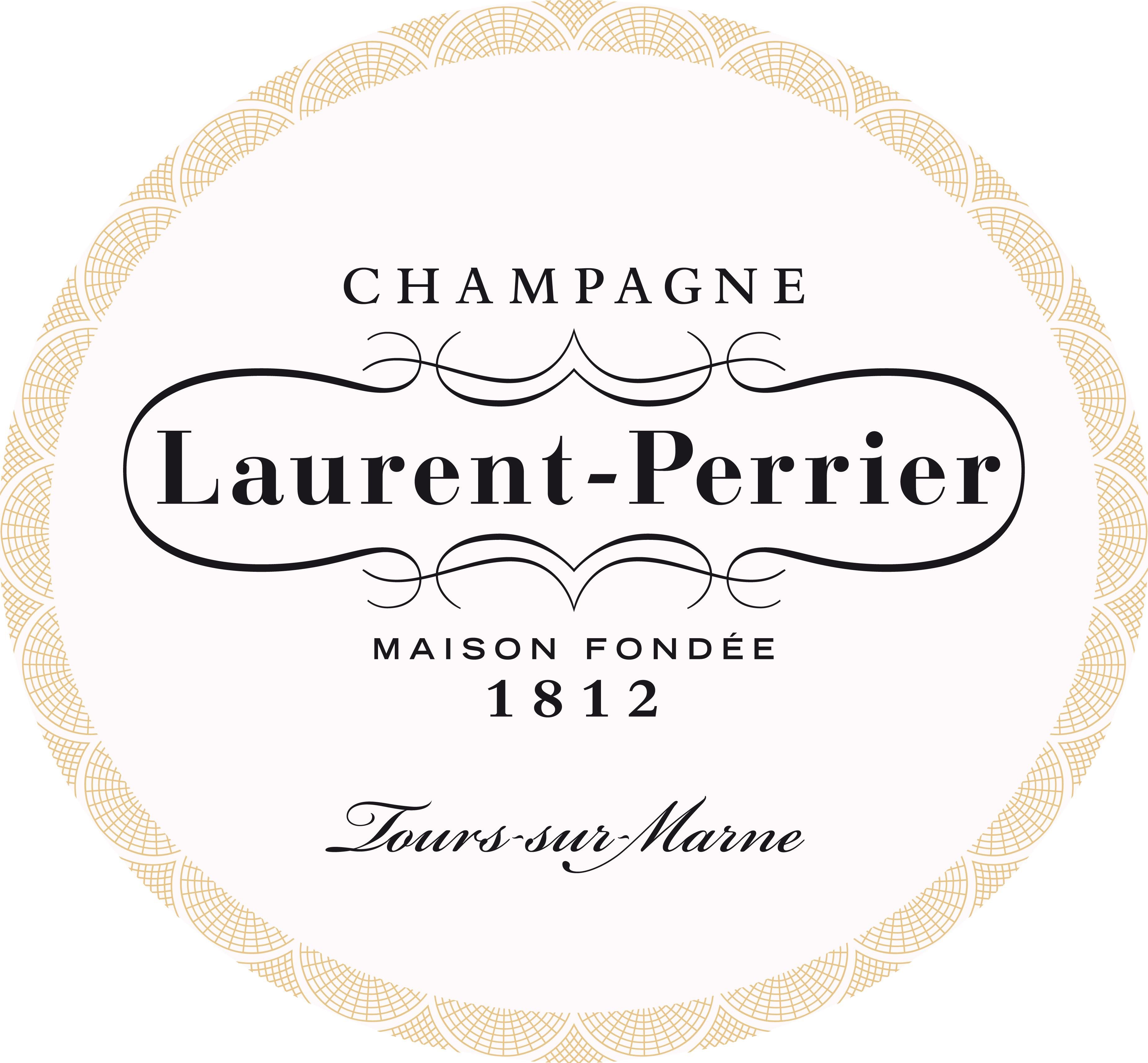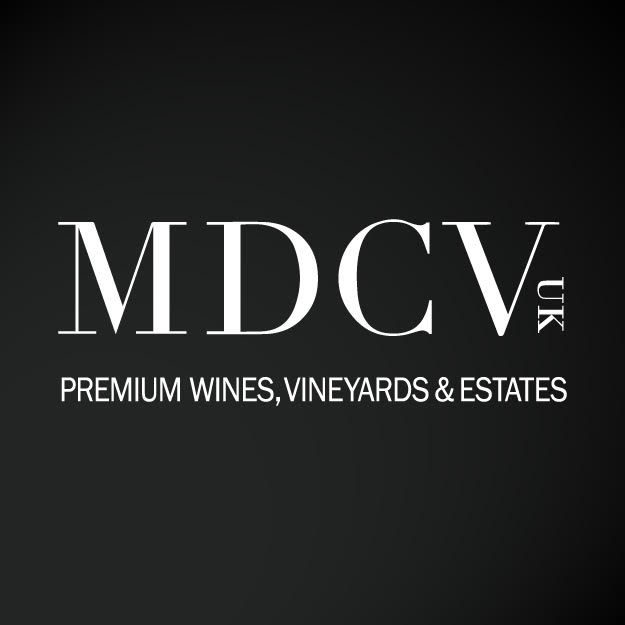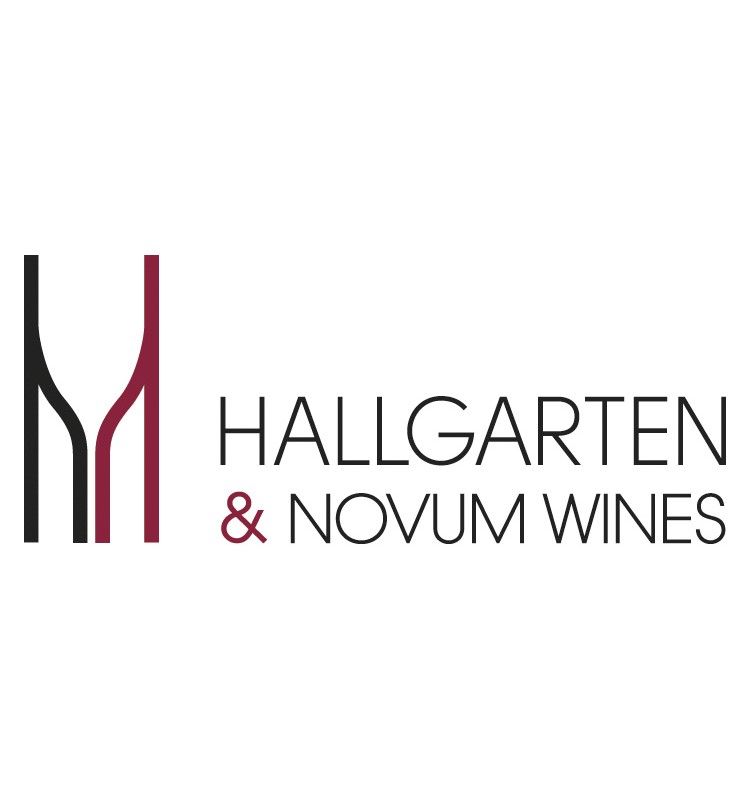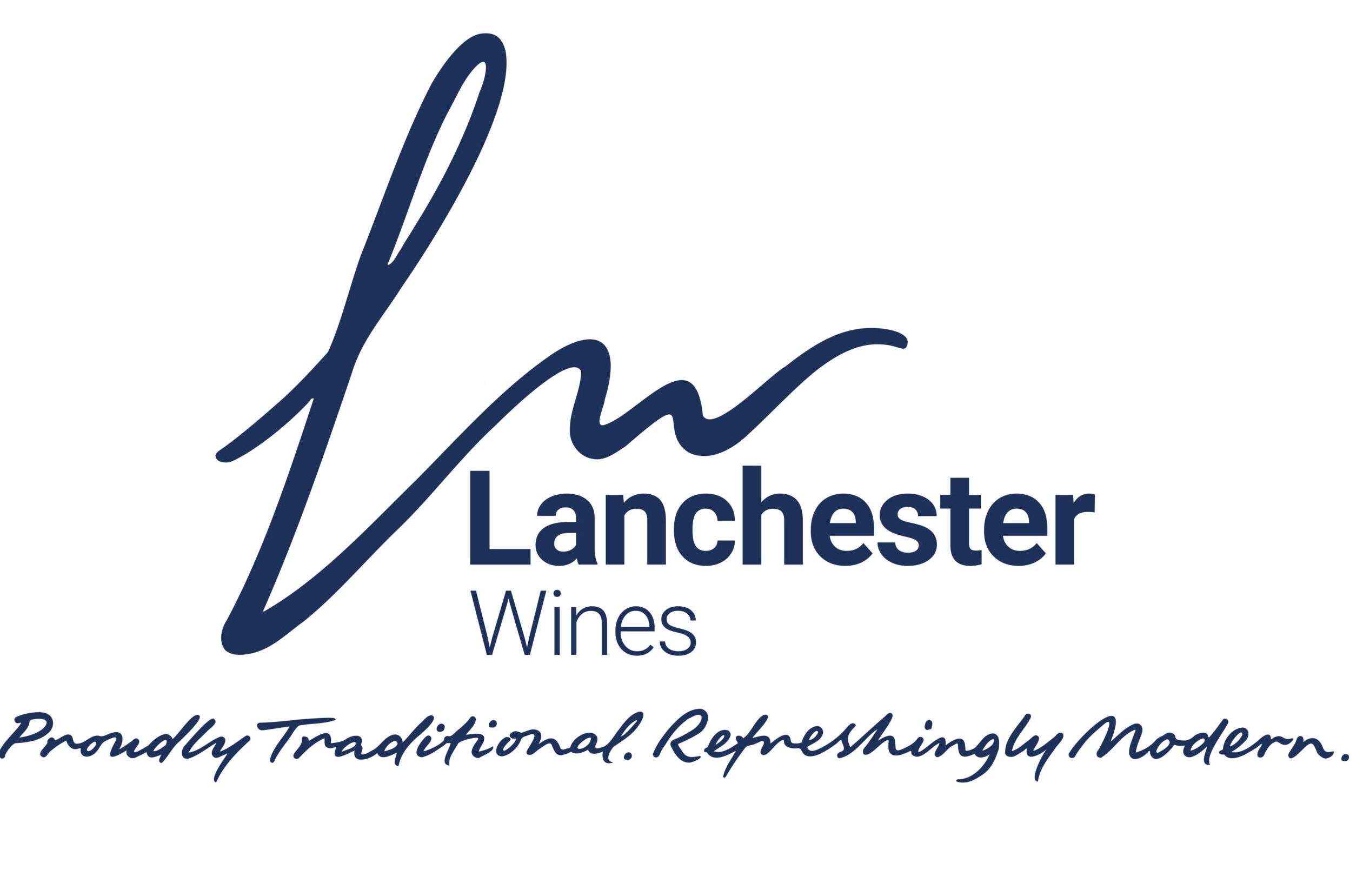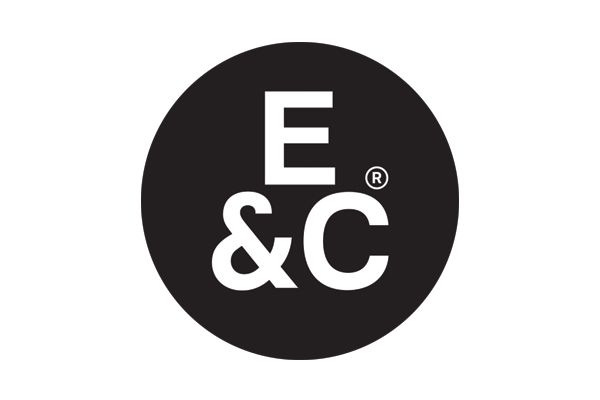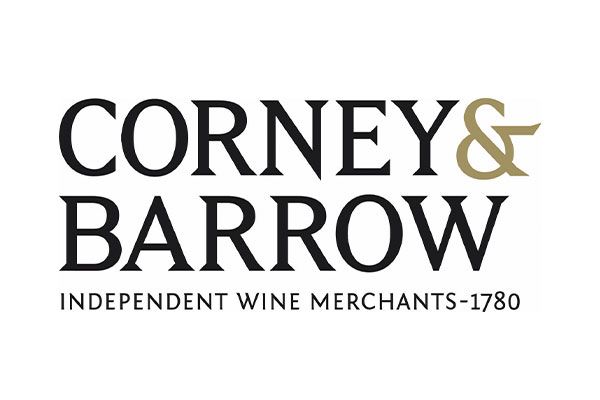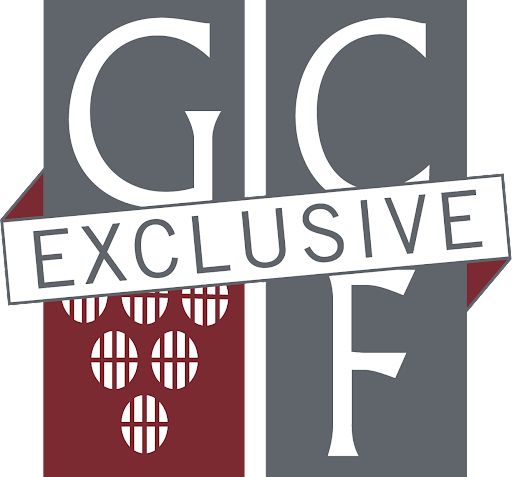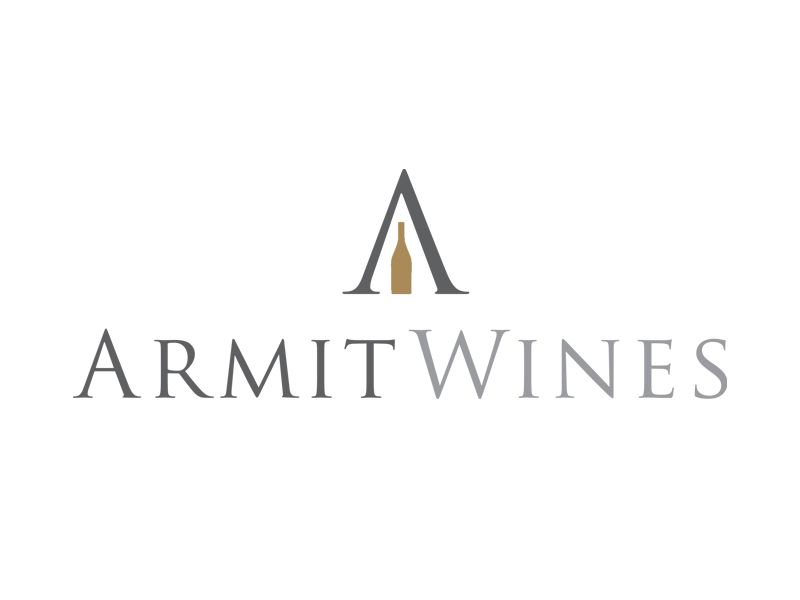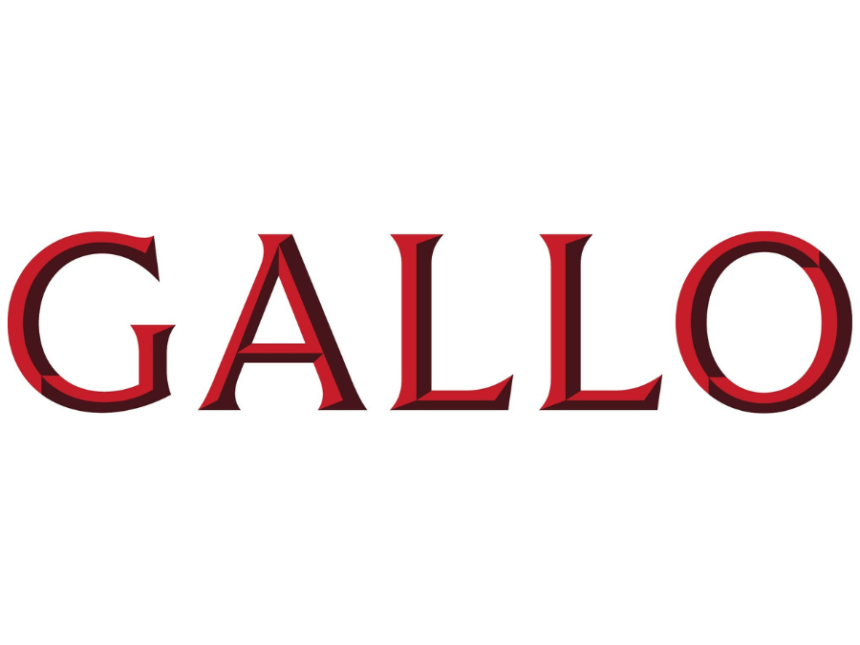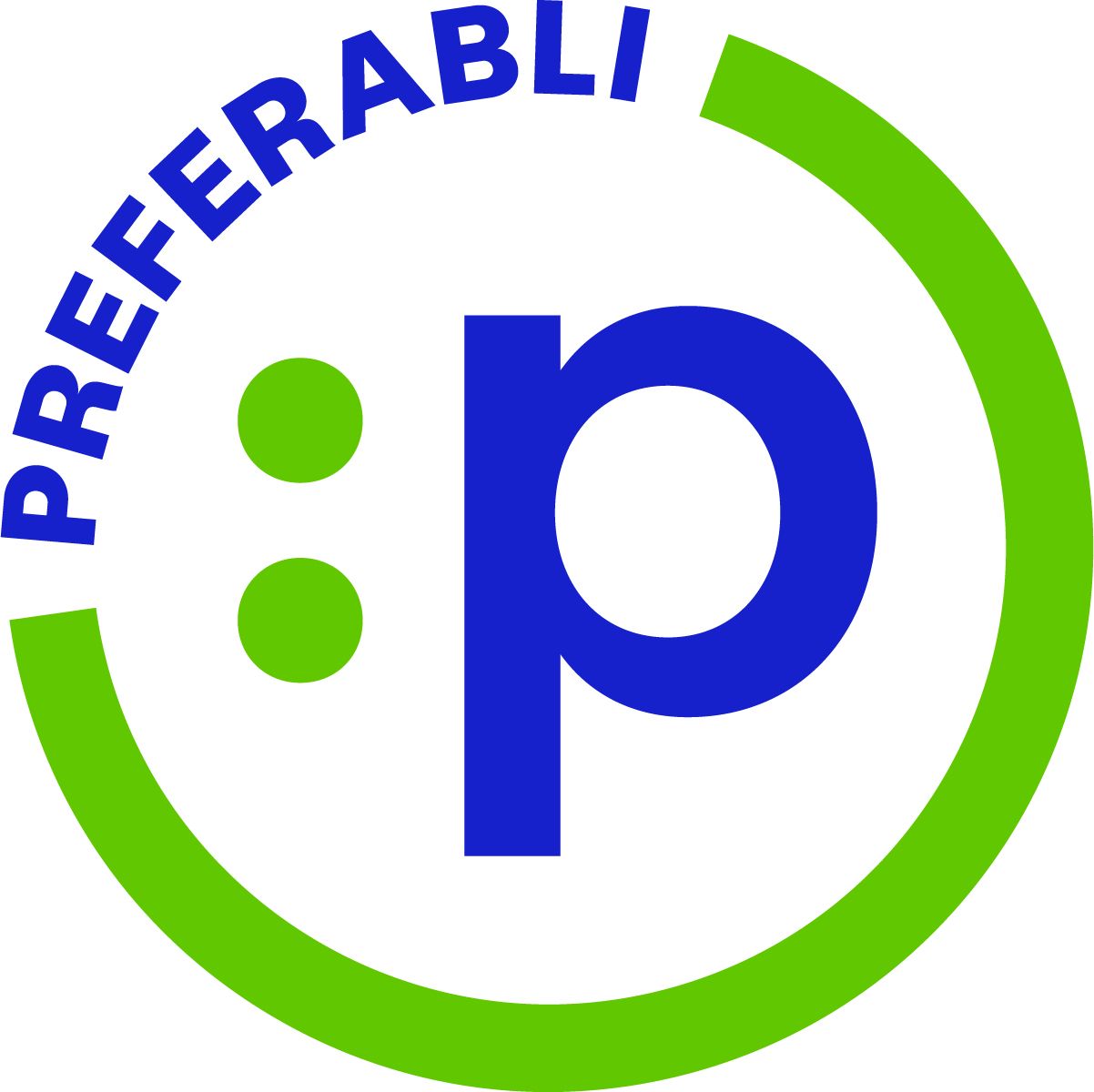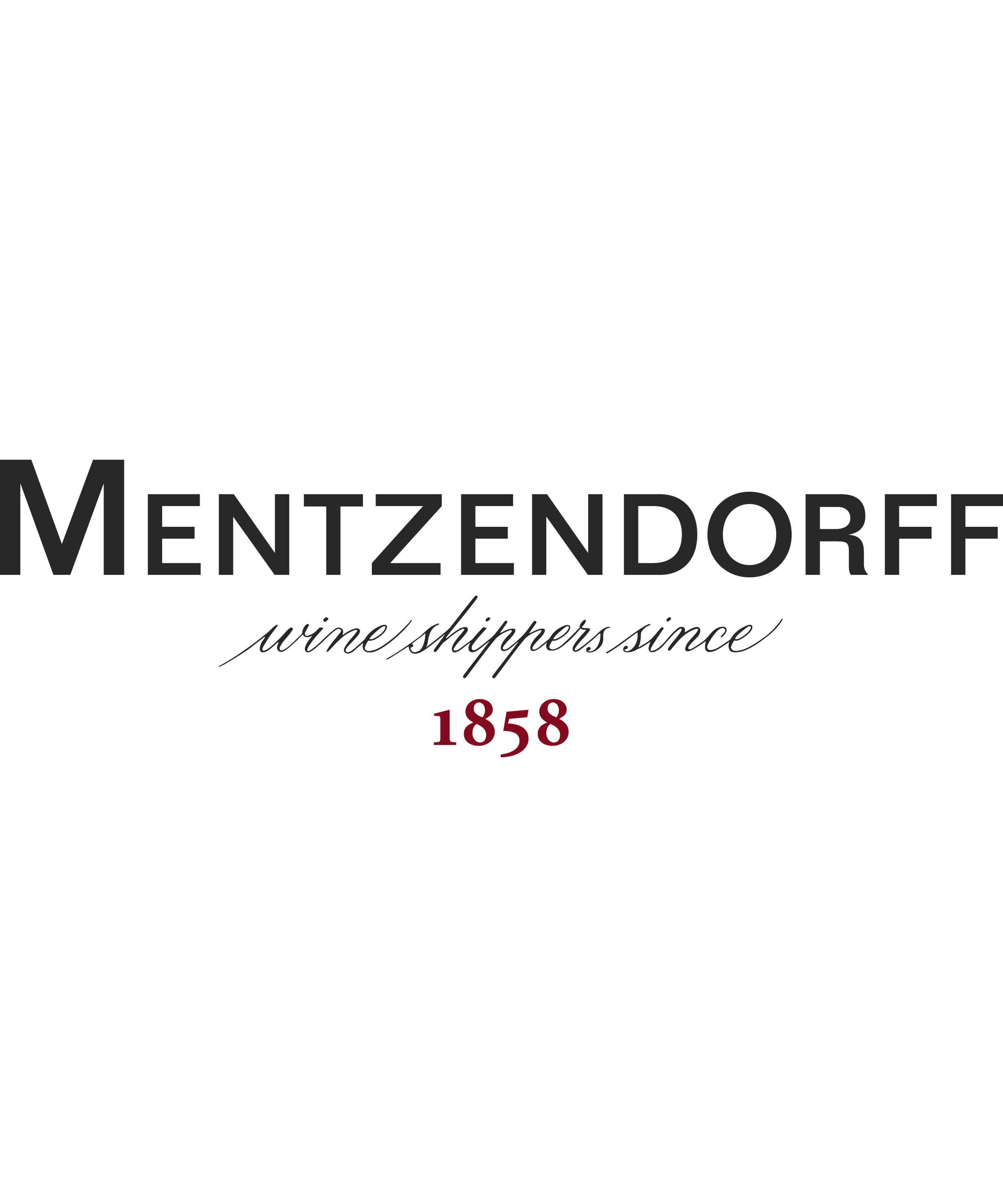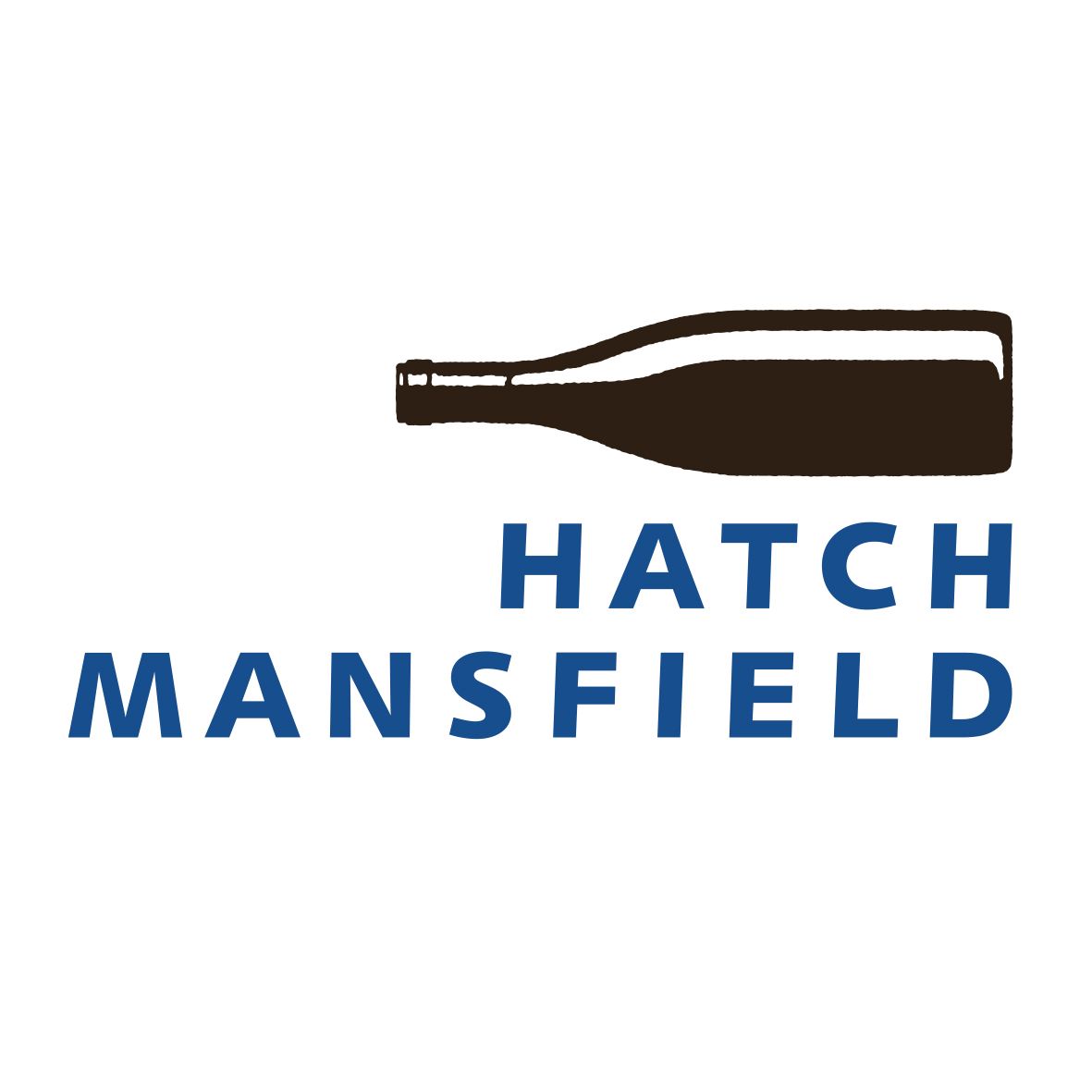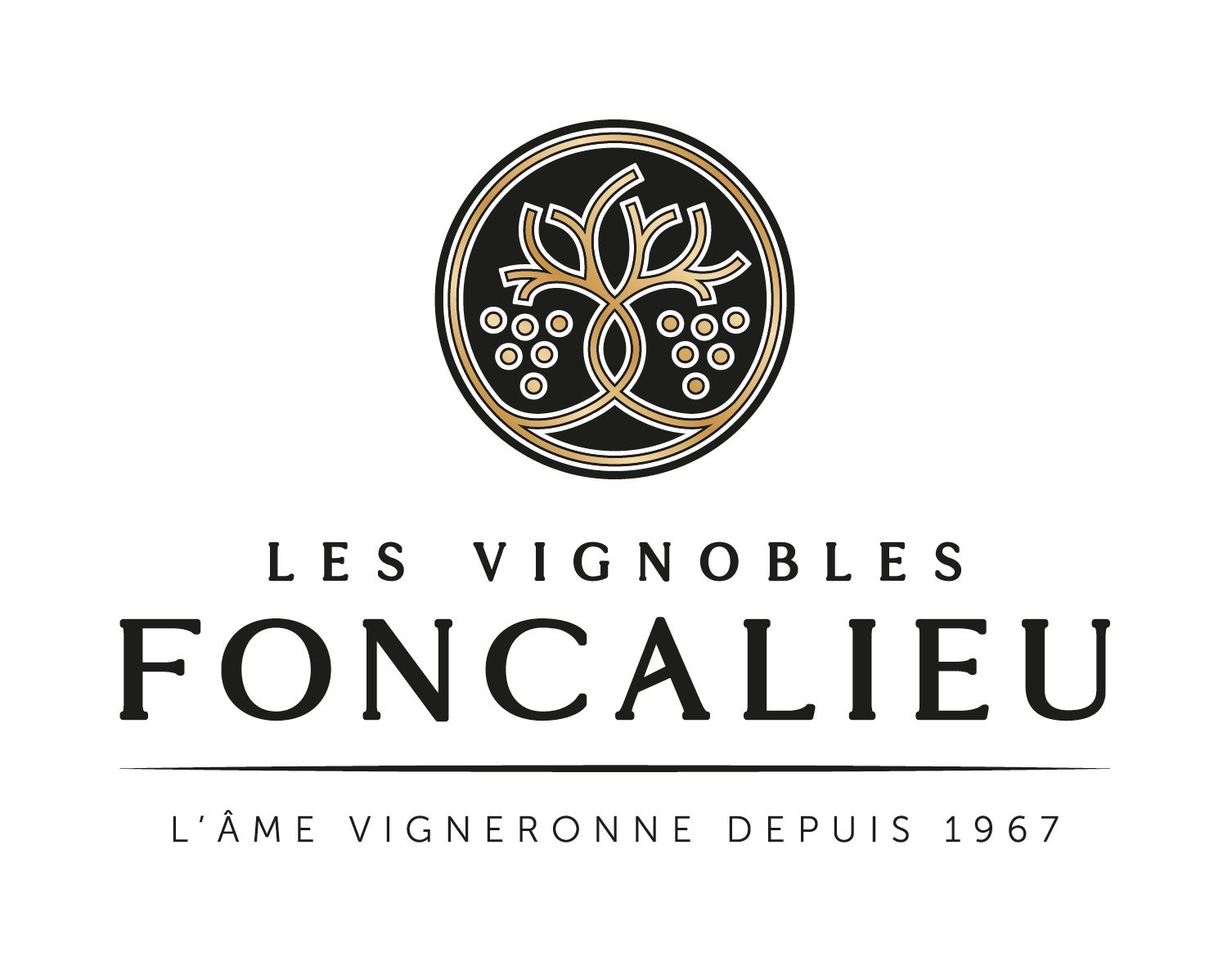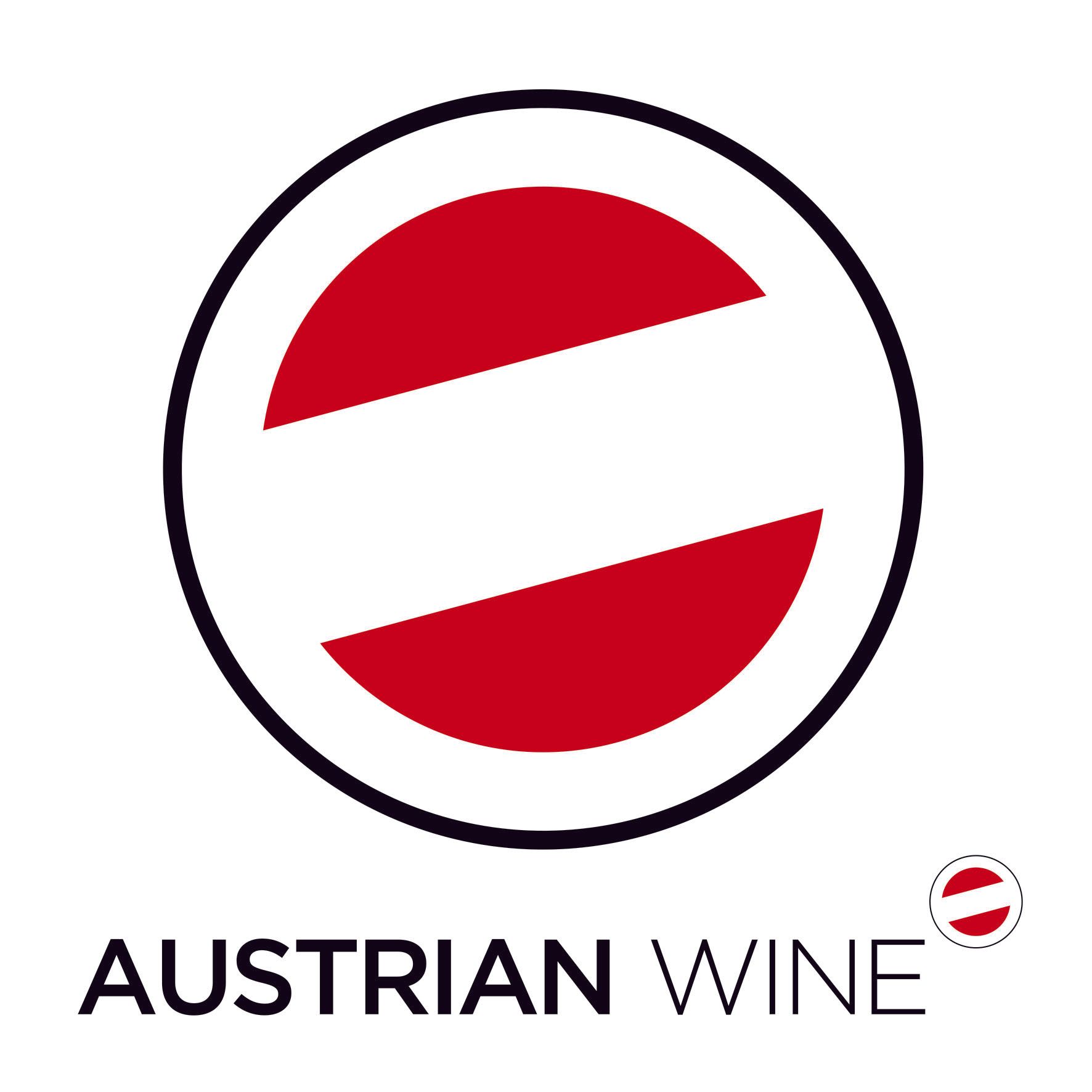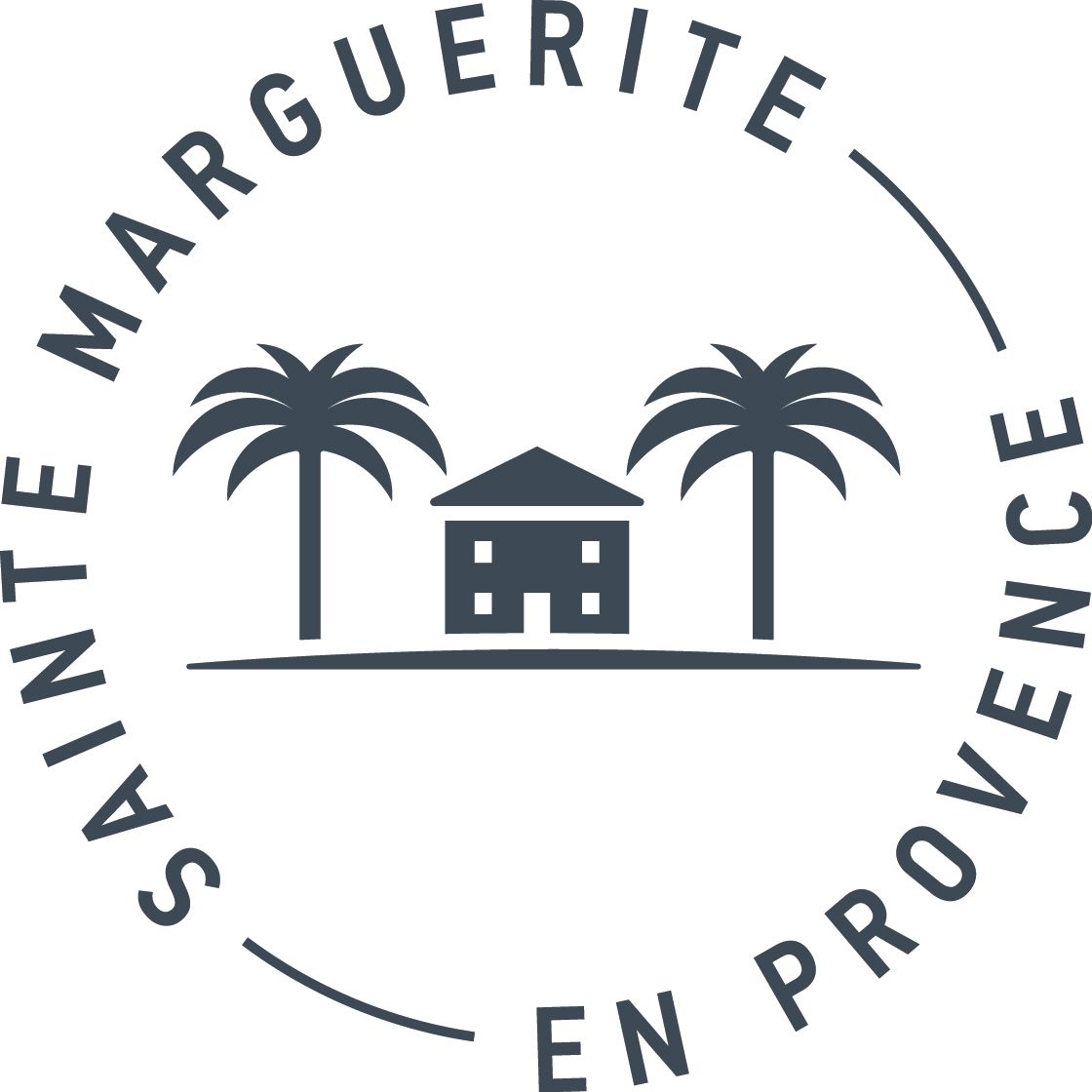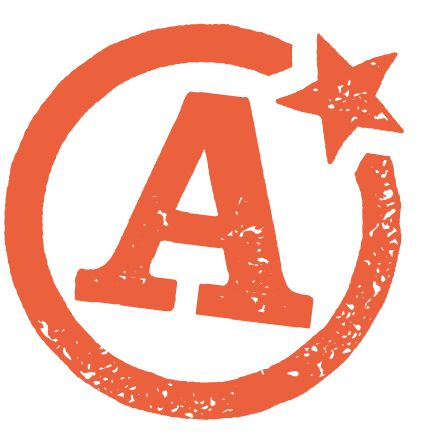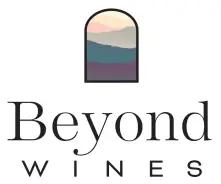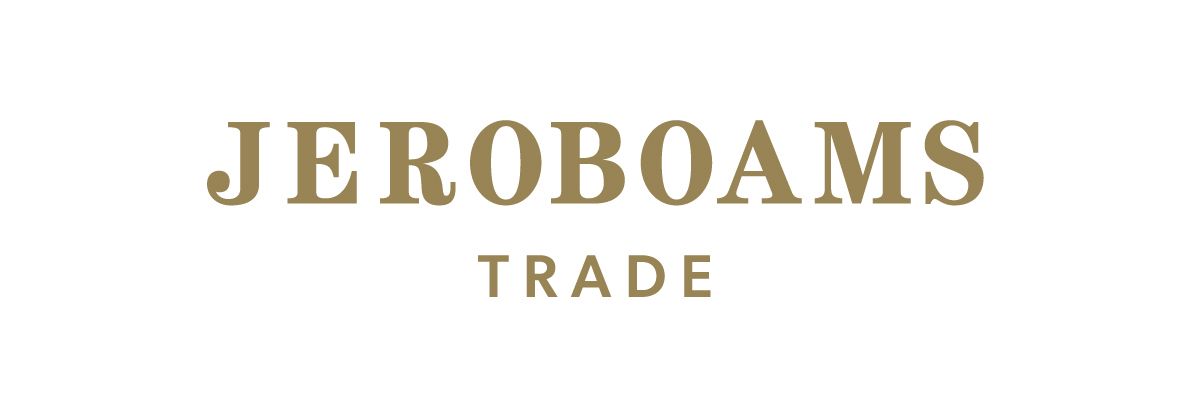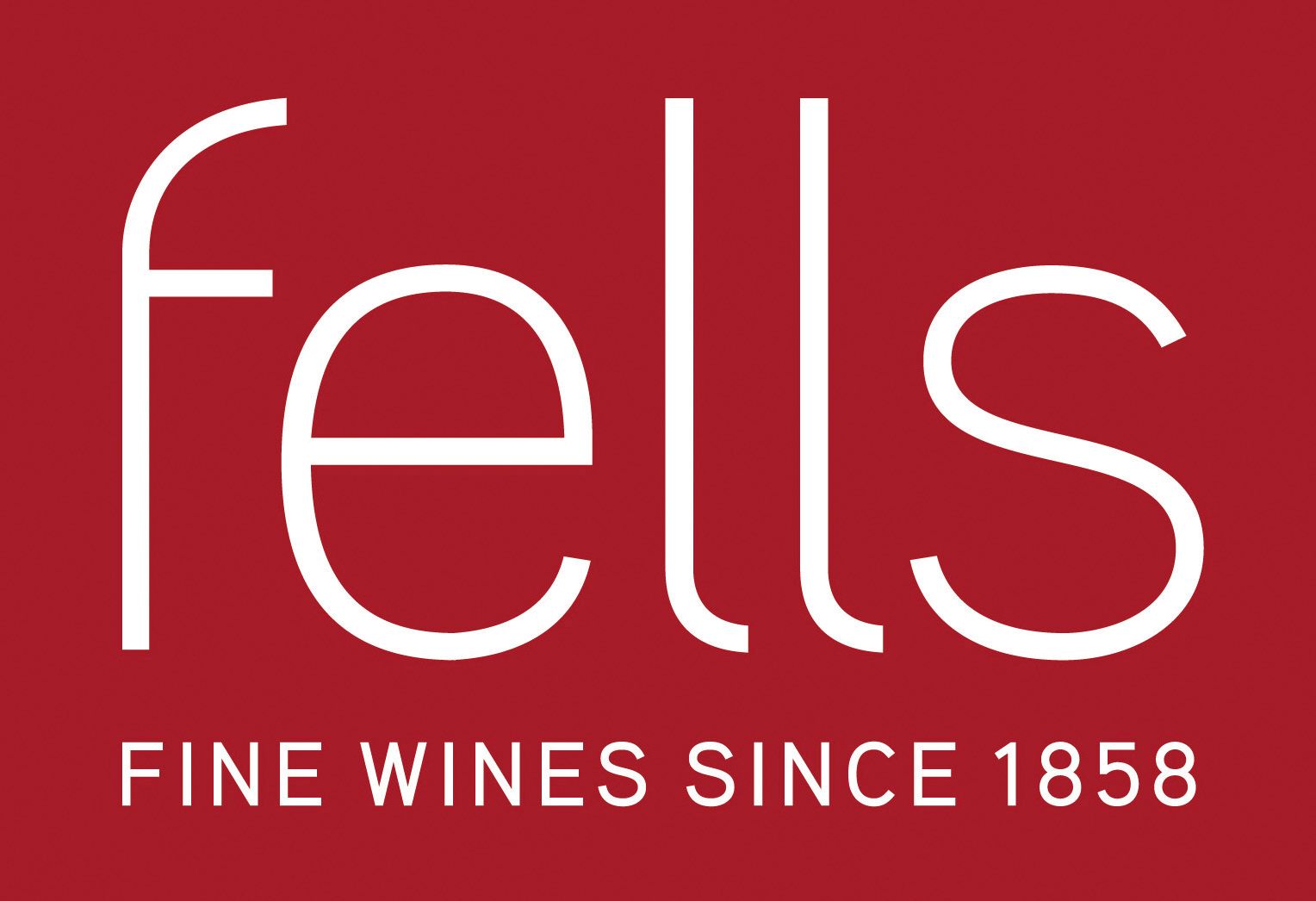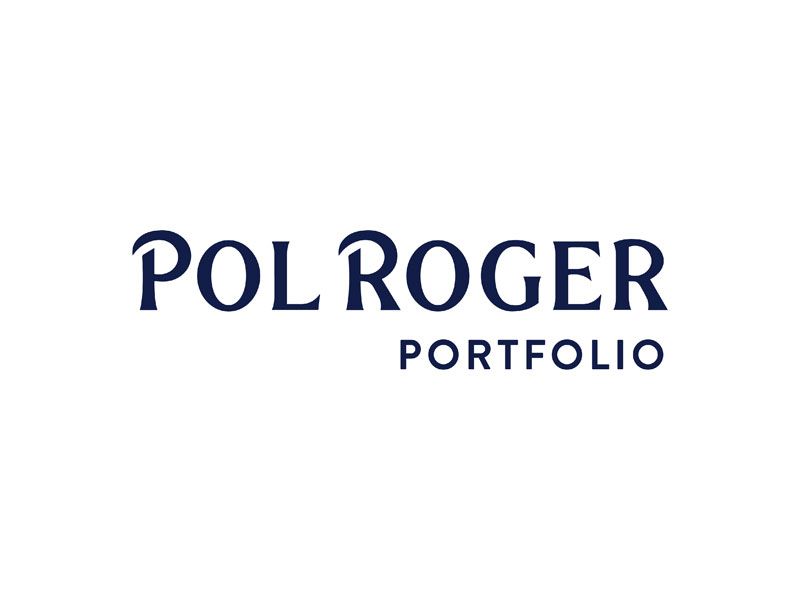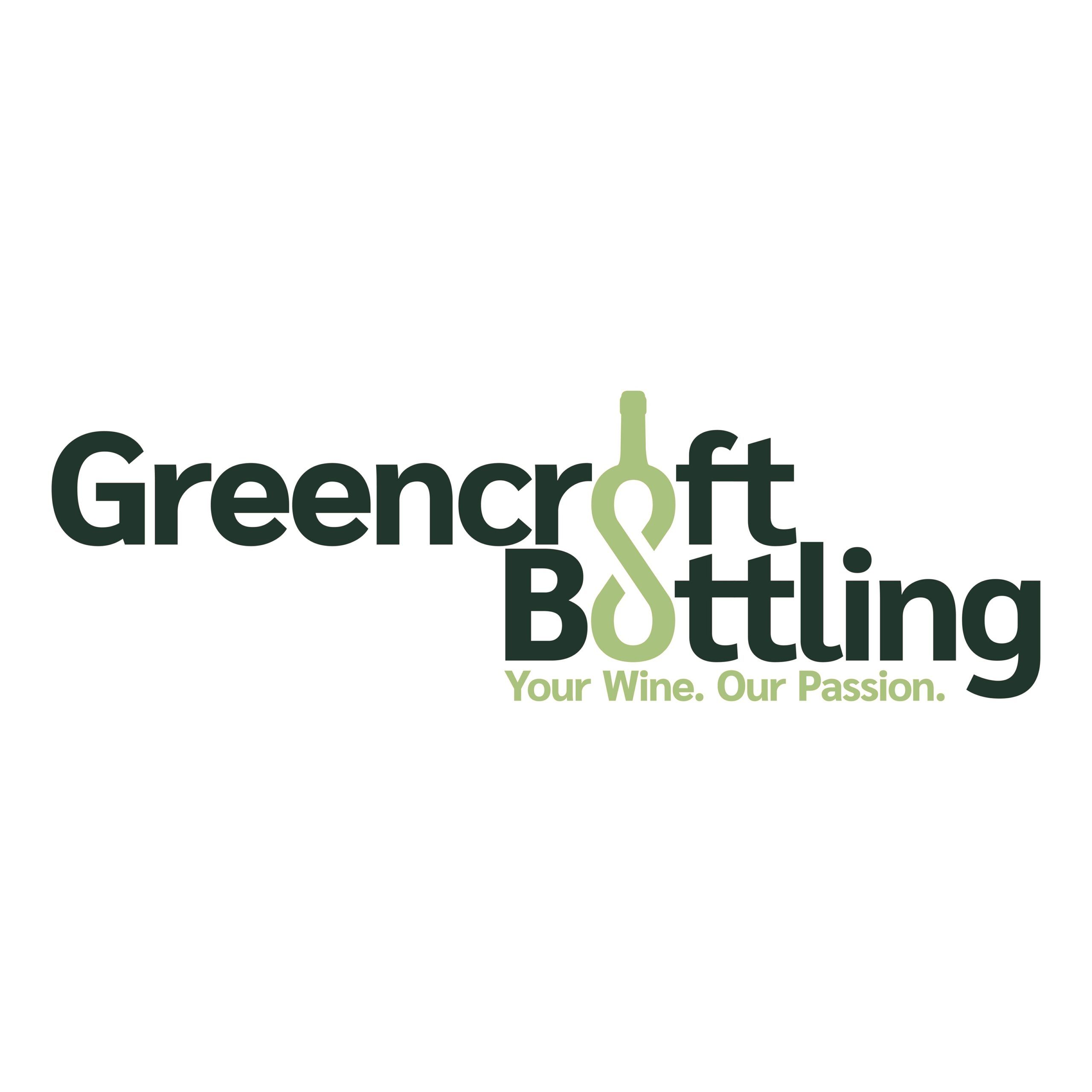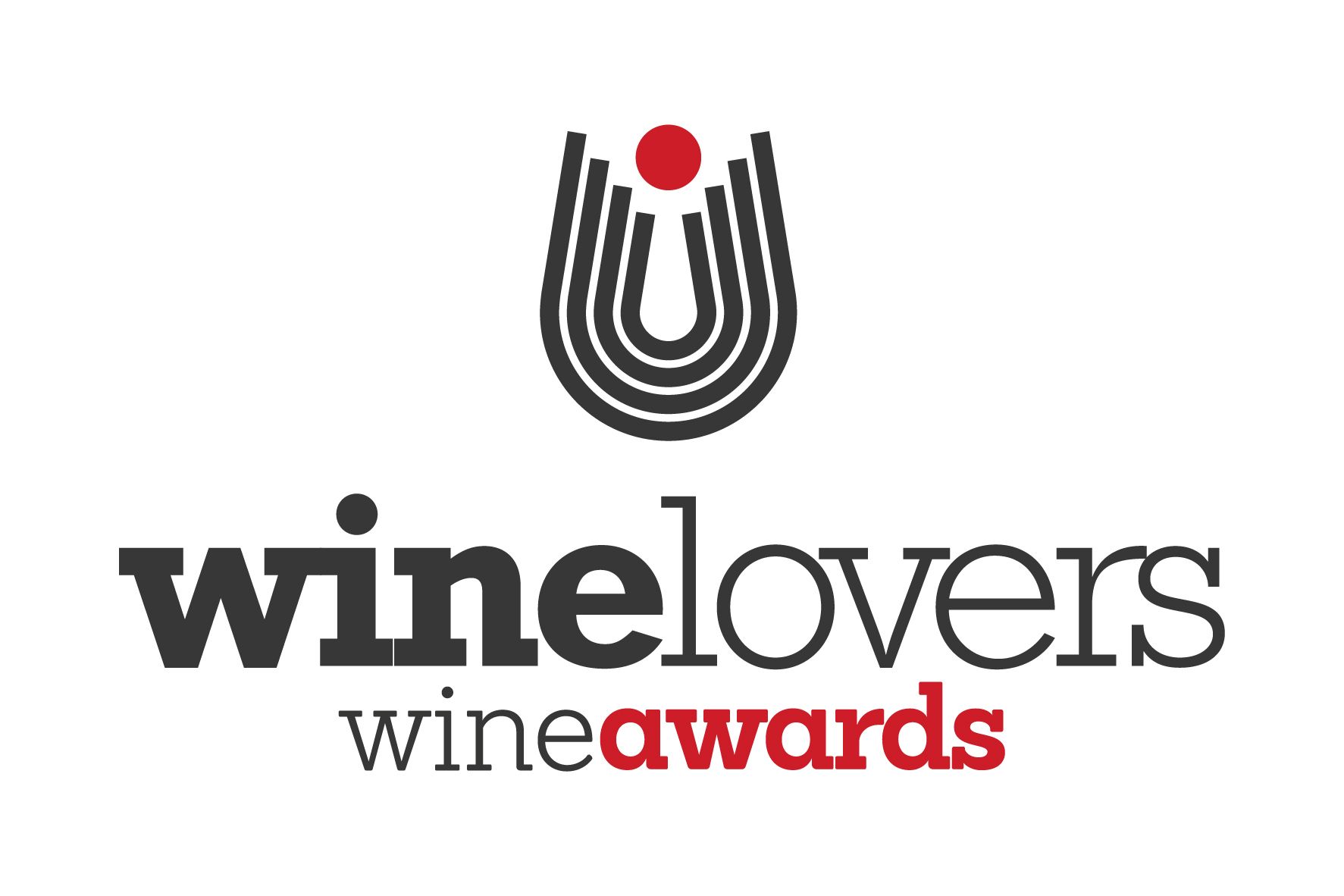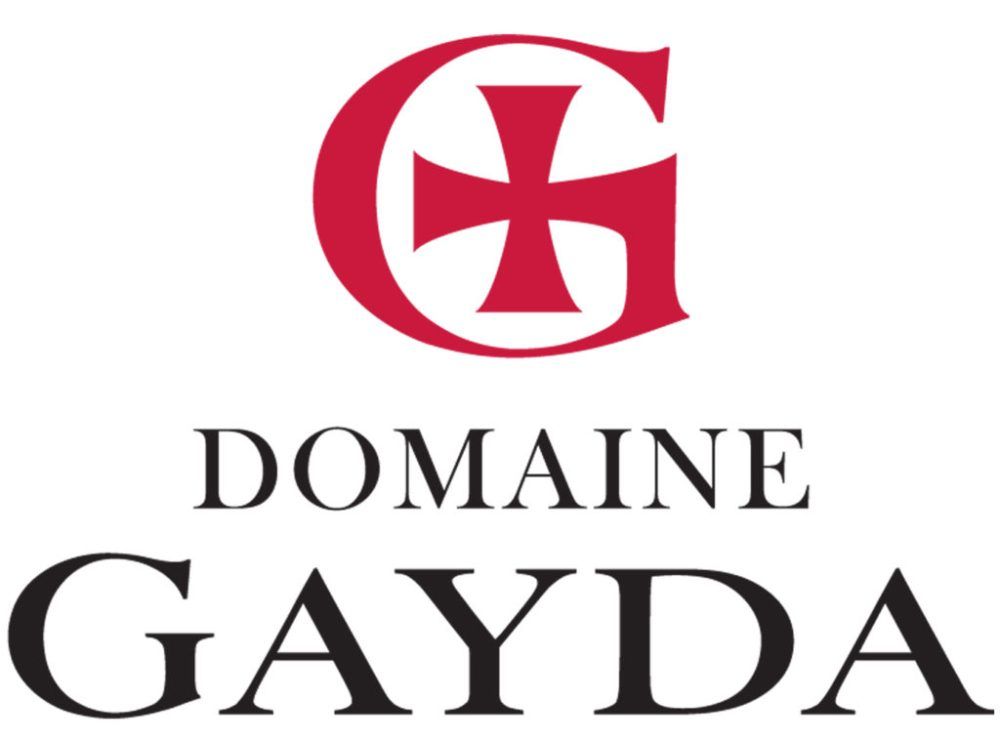“2020 taught me many lessons. It made me realise how precious, how innate, how affirmative, how primal, how much missed human interaction is,” writes Krebiehl.
Where has this crazy year gone? Yes, for most of the time I was (literally) grounded and yet time has flown. So, once again it is the time to reminisce. While these round-ups in previous years were memories of wines sipped with friends (and strangers who became friends), the 2020 round-up is a record of wines often sipped without company.
Yes, I admit it, in 2020 this usually social drinker took comfort in sipping in solitude. It made me think, especially in the still dark and cold days of early lockdown in spring. Happily, luckily, thankfully, my body cannot really take drink every day, so after one sad soirée of too much Nerello Mascalese and its attendant hangover, I decided to be moderate. The motto here clearly was “less but better” – even though what follows does not make it seem like ‘less’. Oooooops.
Fizz, of course, played a major role this year – it is what I consumed most. My vast collection of sparkling closures came in handy and afforded me the pleasure to sip a bottle over several evenings. This was most instructive since it really sorted the chaff from the wheat. Here are my highlights through the year.
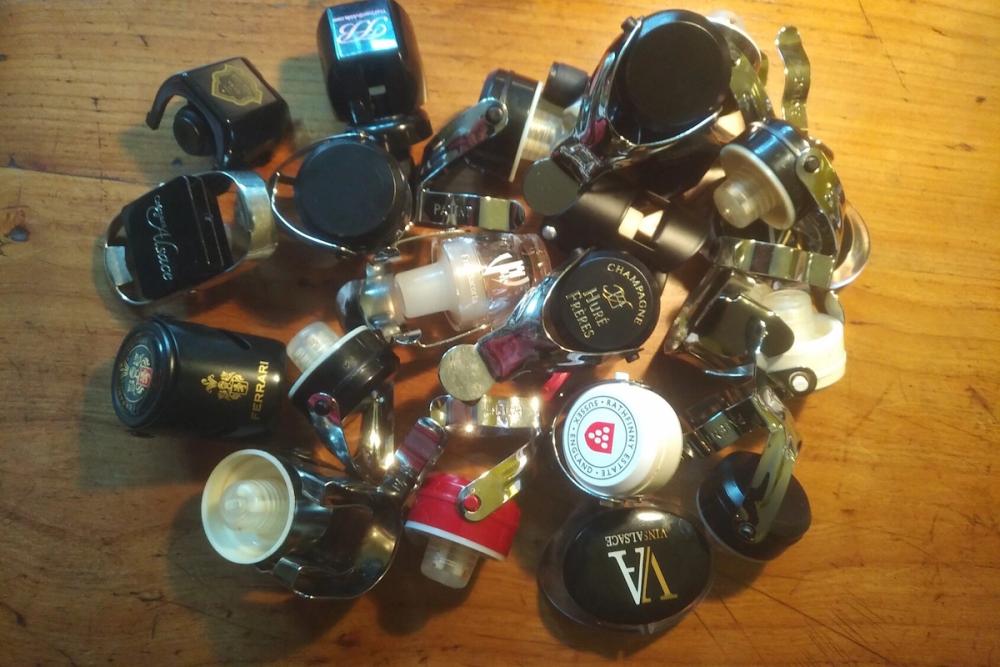
2020: Sipping bubbles in her very own bubble
An old favourite is an unusual Crémant d’Alsace, from some of the first Chardonnay vines planted in Alsace in 1968 (as students where rioting in Paris) – always vintage, always brut nature: Emile Boeckel Chardonnay Extra Brut Vintage 2016. My love for very dry fizz was also confirmed again in Weingut Jürgen Leiner’s Brut Nature Sekt 15-16-17, NV brut nature, Pfalz Germany– at 11.5% ABV, it is made from a blend of fully fermented 2015 and 2016 Chardonnay and Pinot Noir, kept unsulfured on their gross lees in barrel and then blended with some partially fermented 2017 to act as starter for the pris de mousse– then disgorged without dosage. A picture of glorious saltiness. The Austrian Önothek Rosé Zweigelt 2010 by Sektkellerei Christian Madl completely blew me away – I had never had such a long-aged Zweigelt Sekt before. World take note. It was glorious. Another Austrian fizz highlight was Ebner-Ebenauer Blanc de Blanc Vintage 2013– a brut nature marvel from just a few rows of Chardonnay vines in the Weinviertel.
English fizz is represented by two wines from 2010: I found a bottle of Wiston Classic Cuvée 2010 in my cellar that was just a dream – so was the 2010 Wiston Blanc de Noirs which I got to taste in summer and promptly bought half a case. Dermot Sugrue’s The Trouble with Dreams #ZODO Zero Dosage 2014 was remarkable, too, sipped one sultry August evening on the Norfolk Coast.
Following on from press tastings and new releases, I thoroughly relished finishing the bottle samples of these wines – treasures I could not have afforded to drink had I have had to pay for them: Bollinger’s vivacious PN VZ 15, (the most fitting tribute to Lily ever?), the bracing, hair-raising Billecart Salmon Cuvée Nicolas Francois 2007, the luminous House of Arras Blanc de Blancs Museum 2004 Release and the singular Champagne Philipponnat Clos des Goisses 2011. All truly exceptional.
Early in the year, still before lockdown, at the Oenotrade tasting, I rekindled my longstanding, somewhat neglected love for Loire Cabernet Franc. One wine tasted there was so wonderful that I ordered half a case: Domaine de Pallus, Chinon, La Croix Boissée 2018– it is from a limestone ridge in Chinon’s more usual alluvial gravels and sands, lending it incomparable elegance. Later in the year I unearthed a rather humble but exquisite Château de Targé Saumur-Champigny 2006 from my cellar – glorious.
The year also brought an unusual number of Zoom and online tastings – leaving me with wines to drink. A fun game, played twice with the people from Trinkreif in Vienna: they assembled a handful of winemakers, writers and somms to each taste wines from their own cellar streamed live, describing it to all the others who then had to guess what wine it was, along with the audience. A really fun idea. I did this twice, with two different themes: Steiermark/Styria and Wachau. Steiermark is a region that has really got under my skin with the expressive, precise and aromatic nature of its white wines, always slender, always bright, always striking – that goes for Sauvignon Blanc and Gelber Muskateller and also my beloved Riesling. Do look out for anything made by Sattler, Wohlmuth, Schauer and Tement. Crackers, all of them! The Wachau theme of course called for Riesling. I opened a bottle of Weingut Knoll, Ried Schütt Riesling Smaragd 2014. That difficult year shone and heightened the coolness that both Knoll and Ried Schütt are known for even more. Never dismiss weaker vintages – they may hold treasure!
I will stay in the Wachau for my next wine: You will not often find me raving about Grüner Veltliner – most of it has too much body and texture for me. This of course is what makes it so popular and versatile, but there is one Grüner that absolutely knocked my socks off: the Georg Frischengruber Ried Kreuzberg Smaragd 2018. It is a project run by the Frischengruber brothers: older brother Heinz is the winemaker at the well-known Domäne Wachau, while younger brother Georg now runs the family estate. This is a vineyard they own together, unusually this is on the southern bank of the Danube, in the village of Rossatz, close to the forest. It simply reverberates with white pepper, energy and taut, tingling freshness. The 2019 vintage I tasted later in summer was even better. Somebody please go and import these wines!
Another Zoom tasting – this time for 67 Pall Mall – also required me to open bottles from my own cellar – even though it meant that the audience only had the vicarious pleasure. These stood out Van Volxem, Riesling Alte Reben, Saar, 2010 – a bottle of lightness, depth, electric acid and balm-like texture. Gut Hermannsberg, Schlossböckelheimer Kupfergrube Rieslingsekt extra brut 2013, Nahe. This is an auction wine (Justerini & Brooks managed to get it for me), a single-vineyard Sekt, fermented spontaneously in Fuder, aged five years on lees and disgorged without dosage. It shows what Rieslingsekt can be. A landmark. The other wine was from the most exciting, young estate in the Ahr: Julia Bertram Spätburgunder Marienthaler Trotzenberg 2017 – this is new wave Germany and utterly gorgeous.
That Pinot Noir has a special place in my heart is evident. This year I was particularly heartened by two wonderful English renditions of this variety: the Gusbourne Boot Hill Pinot Noir 2018 and the Hoffmann & Rathbone Pinot Noir NV, a pale beauty. On a glorious vineyard visit to deepest Essex in November I got to taste the first vintages of the most promising Danbury Ridge still Pinot Noirs – keep your eyes peeled for their release! Then there was the humble (but anything but) estate Spätburgunder by Ökomomierat Rebholz, Pfalz 2014 – tender, light, utterly fresh. A dinner with friends in October held an amazing trio of Pinots: Peay Scallop Shelf Pinot Noir, Sonoma Coast, 2015; Schäfer-Fröhlich Bockenauer Spätburgunder, Nahe, 2014 and – for the second time this year – Clos des Lambrays 2002. Each of those wines carried the very soul of Pinot Noir and touched mine. That evening was a celebration – and since there were just four of us and seven bottles, I was at leisure over the following days to re-assess and savour the dregs. We had started with a bottle of Louis Roederer Cristal 2008 – sooooo sleek and still far too young.
2020 was thus a year in which I drank exceptionally well. It was also a year that shifted priorities and perspectives – above all it made me count my blessings. 2020 taught me many lessons. It made me realise how precious, how innate, how affirmative, how primal, how much missed human interaction is. The reprieve we had so briefly between lockdowns, when we could see friends again, made it all the clearer. Here’s to the future – whatever it may hold.
